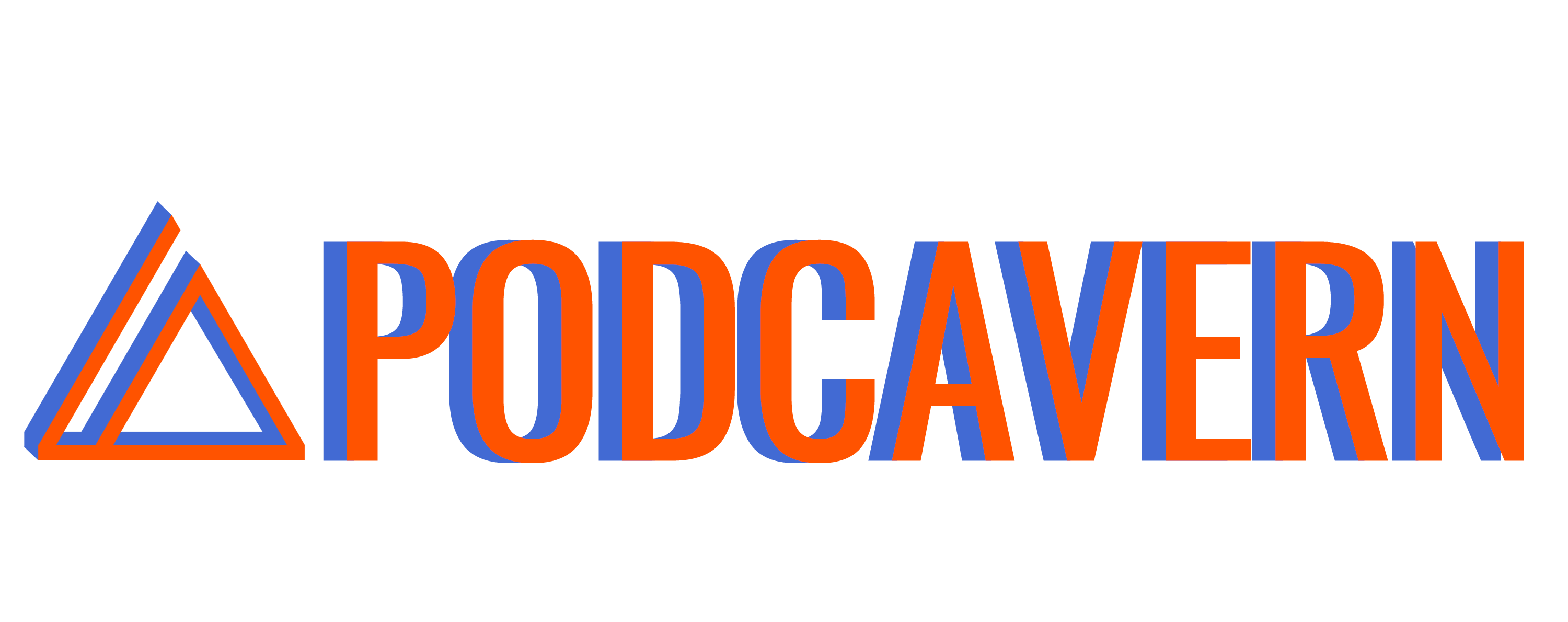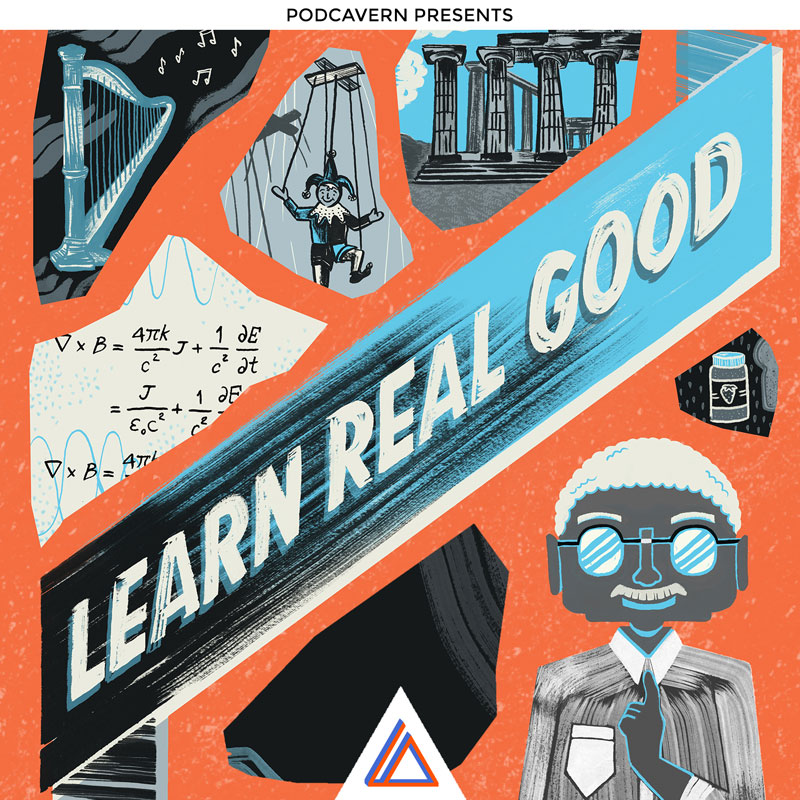E30: Tracking polar bear movements with Camille Jodouin
Polar bears are incredible animals native to the Arctic and manage the feat of being both adorable and fearsome. Camille Jodouin is doing her Master’s at University of Alberta studying how polar bears move around the sea ice in Hudson Bay and how that affects their populations. Katie and Vinny share science facts about X and Y chromosomes and the failed American version of the CERN particle accelerator.
Read MorePodcast: Play in new window | Download
Subscribe: RSS

